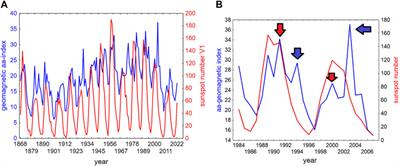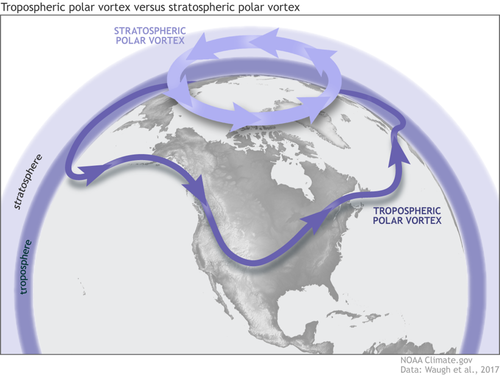Coldest Christmas day in 20 years, so far we haven't had summer in South Australia we actually had snow in some parts, so tell me again about climate change?
Last edited:
no need, you're doing a fine job but are unaware of itColdest Christmas day in 20 years, so far we haven't had summer in South Australia we actually had snow in some parts, so tell me again about climate change?
Coldest Christmas day in 20 years, so far we haven't had summer in South Australia we actually had snow in some parts, so tell me again about climate change?
 Katya Georgieva1,2*†
Katya Georgieva1,2*†



indeed sir, you have my sympathyShittiest December I've ever seen here, hardly cracked a 20c day, will 18c today and 16c tomorrow.
Hottest driest summer ever and the hottest year on record

Fucking bullshit

Heatwave here in QLD, about 8C over average. Daily weather means nothing, but you know that.Coldest Christmas day in 20 years, so far we haven't had summer in South Australia we actually had snow in some parts, so tell me again about climate change?
A low intensity heatwave, it will be Brisbane's hottest day in 4 years a whopping 37c lolHeatwave here in QLD, about 8C over average. Daily weather means nothing, but you know that.
Haven't had a hot summer since 2009, can't remember the last 40c dayindeed sir, you have my sympathy
mean while up north we're having a spectacularly warm winter
I suppose we could be accused of thieving your warm
changes, changes are afoot
I guess if you've never left Tasmania (42 S) you won't experience much heat (nor human genetic diversity). Meanwhile the rest of Oz is sweltering.Shittiest December I've ever seen here, hardly cracked a 20c day, will 18c today and 16c tomorrow.
Hottest driest summer ever and the hottest year on record

Fucking bullshit
Haven't been to tassie since 1979I guess if you've never left Tasmania (42 S) you won't experience much heat (nor human genetic diversity). Meanwhile the rest of Oz is sweltering.
